NPs Basic Information

|
Name |
sydowianumol C
|
| Molecular Formula | C16H20O2 | |
| IUPAC Name* |
2-hydroxy-6-nona-1,3-dienylbenzaldehyde
|
|
| SMILES |
CCCCCC=CC=Cc1cccc(O)c1C=O
|
|
| InChI |
InChI=1S/C16H20O2/c1-2-3-4-5-6-7-8-10-14-11-9-12-16(18)15(14)13-17/h6-13,18H,2-5H2,1H3/b7-6+,10-8+
|
|
| InChIKey |
UMWFWWKJDGOHHN-LQPGMRSMSA-N
|
|
| Synonyms |
NA
|
|
| CAS | NA | |
| PubChem CID | NA | |
| ChEMBL ID | NA |
*Note: the IUPAC Name was calculated by STOUT. Reference: PMID:33906675.
Chemical Classification: |
|
|
|---|
——————————————————————————————————————————
NPs Species Source
| Endophyte ID | Endophyte Name | Family | Genus | Taxonomy ID | GenBank ID | Closest GenBank ID | Reference | |
|---|---|---|---|---|---|---|---|---|
| Endophyte ID | Endophyte Name | Family | Genus | Taxonomy ID | GenBank ID | Closest GenBank ID | Reference |
NPs Biological Activity
| Bioactivity Name | Target ID | Target Name | Target Type | Target Organism | Target Organism ID | Potency of Bioactivity | Activity Type | Value | Unit | Endophyte ID | Endophyte Name | |
|---|---|---|---|---|---|---|---|---|---|---|---|---|
| Bioactivity Name | Target ID | Target Name | Target Type | Target Organism | Target Organism ID | Potency of Bioactivity | Activity Type | Value | Unit | Endophyte ID | Endophyte Name |
NPs Physi-Chem Properties
| Molecular Weight: | 244.33 | ALogp: | 4.4 |
| HBD: | 1 | HBA: | 2 |
| Rotatable Bonds: | 7 | Lipinski's rule of five: | Accepted |
| Polar Surface Area: | 37.3 | Aromatic Rings: | 1 |
| Heavy Atoms: | 18 | QED Weighted: | 0.421 |
——————————————————————————————————————————
NPs ADMET Properties*
ADMET: Absorption
| Caco-2 Permeability: | -4.784 | MDCK Permeability: | 0.00002520 |
| Pgp-inhibitor: | 0.001 | Pgp-substrate: | 0.022 |
| Human Intestinal Absorption (HIA): | 0.014 | 20% Bioavailability (F20%): | 0.036 |
| 30% Bioavailability (F30%): | 0.125 |
——————————————————————————————————————————
ADMET: Distribution
| Blood-Brain-Barrier Penetration (BBB): | 0.804 | Plasma Protein Binding (PPB): | 97.47% |
| Volume Distribution (VD): | 3.395 | Fu: | 1.18% |
——————————————————————————————————————————
ADMET: Metabolism
| CYP1A2-inhibitor: | 0.972 | CYP1A2-substrate: | 0.763 |
| CYP2C19-inhibitor: | 0.756 | CYP2C19-substrate: | 0.448 |
| CYP2C9-inhibitor: | 0.603 | CYP2C9-substrate: | 0.96 |
| CYP2D6-inhibitor: | 0.547 | CYP2D6-substrate: | 0.908 |
| CYP3A4-inhibitor: | 0.621 | CYP3A4-substrate: | 0.177 |
——————————————————————————————————————————
ADMET: Excretion
| Clearance (CL): | 3.264 | Half-life (T1/2): | 0.468 |
——————————————————————————————————————————
ADMET: Toxicity
| hERG Blockers: | 0.356 | Human Hepatotoxicity (H-HT): | 0.418 |
| Drug-inuced Liver Injury (DILI): | 0.146 | AMES Toxicity: | 0.827 |
| Rat Oral Acute Toxicity: | 0.788 | Maximum Recommended Daily Dose: | 0.82 |
| Skin Sensitization: | 0.973 | Carcinogencity: | 0.633 |
| Eye Corrosion: | 0.849 | Eye Irritation: | 0.988 |
| Respiratory Toxicity: | 0.919 |
——————————————————————————————————————————
*Note: the ADMET properties was calculated by ADMETlab 2.0. Reference: PMID: 33893803.
Similar Compounds*
Compounds similar to EMNPD with top10 similarity:
| Similar NPs | Similar Drugs | ||||||
|---|---|---|---|---|---|---|---|
| NPs ID | NPs 2D Structure | Similarity Score | TTD ID | Drug 2D Structure | Similarity Score | ||
| ENC005507 |  |
0.733 | D0U5CE | 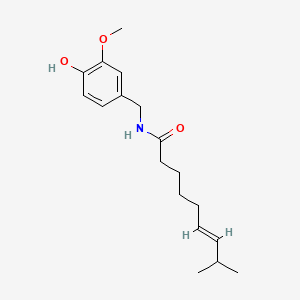 |
0.287 | ||
| ENC003578 | 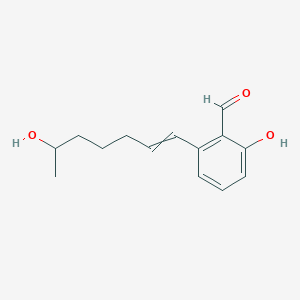 |
0.581 | D03LGG | 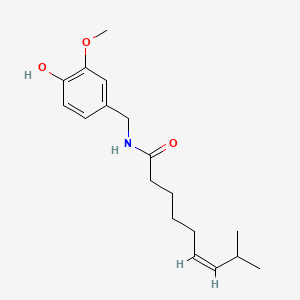 |
0.287 | ||
| ENC004381 | 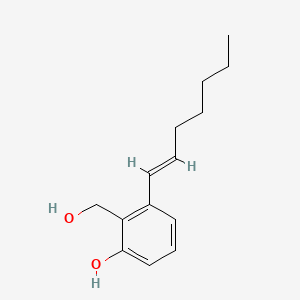 |
0.548 | D0OR6A |  |
0.257 | ||
| ENC004380 |  |
0.530 | D0UE9X |  |
0.256 | ||
| ENC005352 | 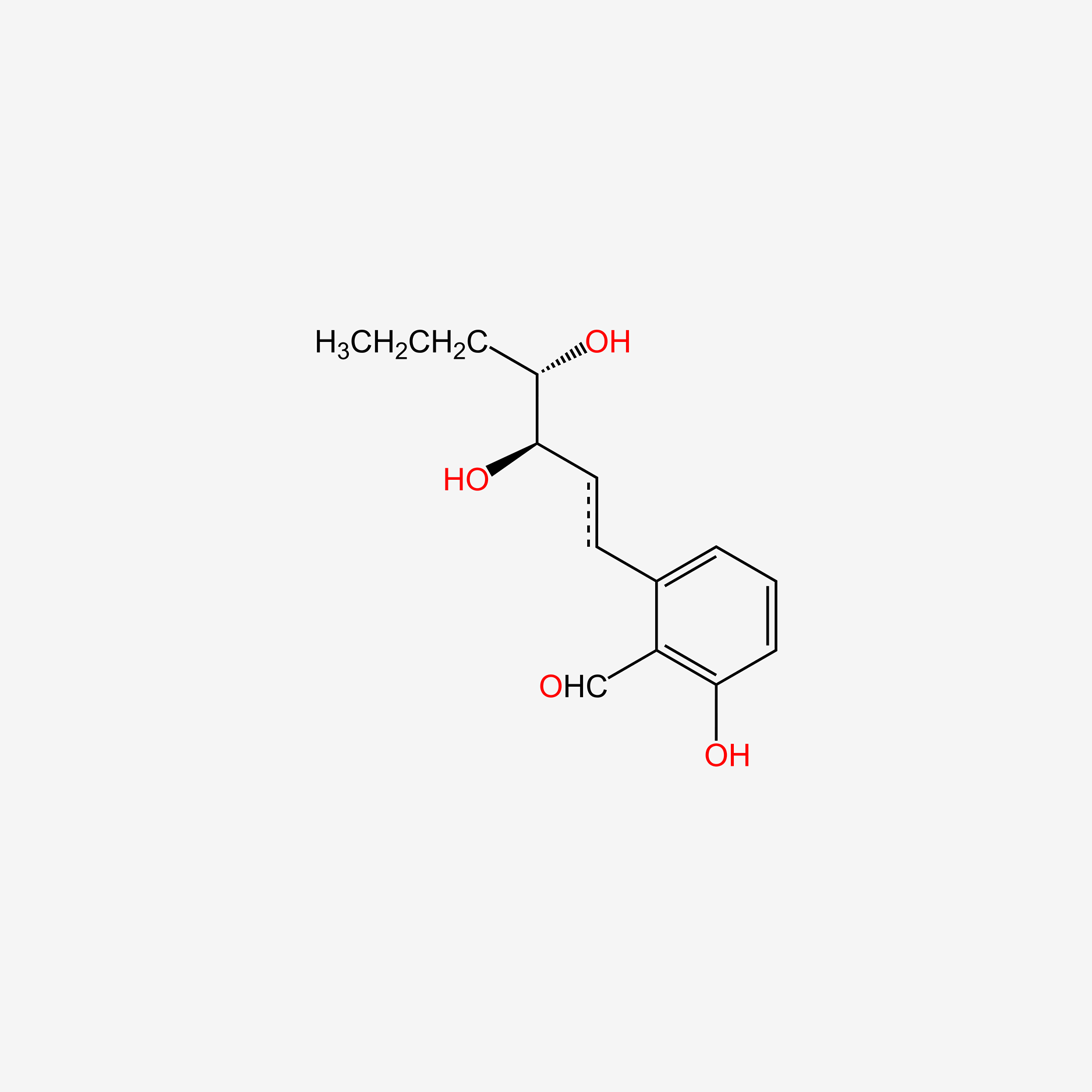 |
0.493 | D0E9CD | 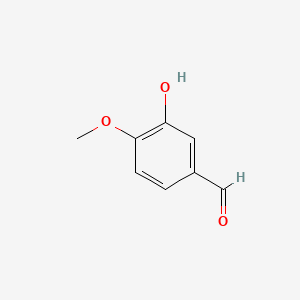 |
0.246 | ||
| ENC001600 |  |
0.464 | D0O1TC |  |
0.239 | ||
| ENC001808 |  |
0.464 | D0O2YE |  |
0.239 | ||
| ENC004379 |  |
0.456 | D02HXS |  |
0.231 | ||
| ENC005354 | 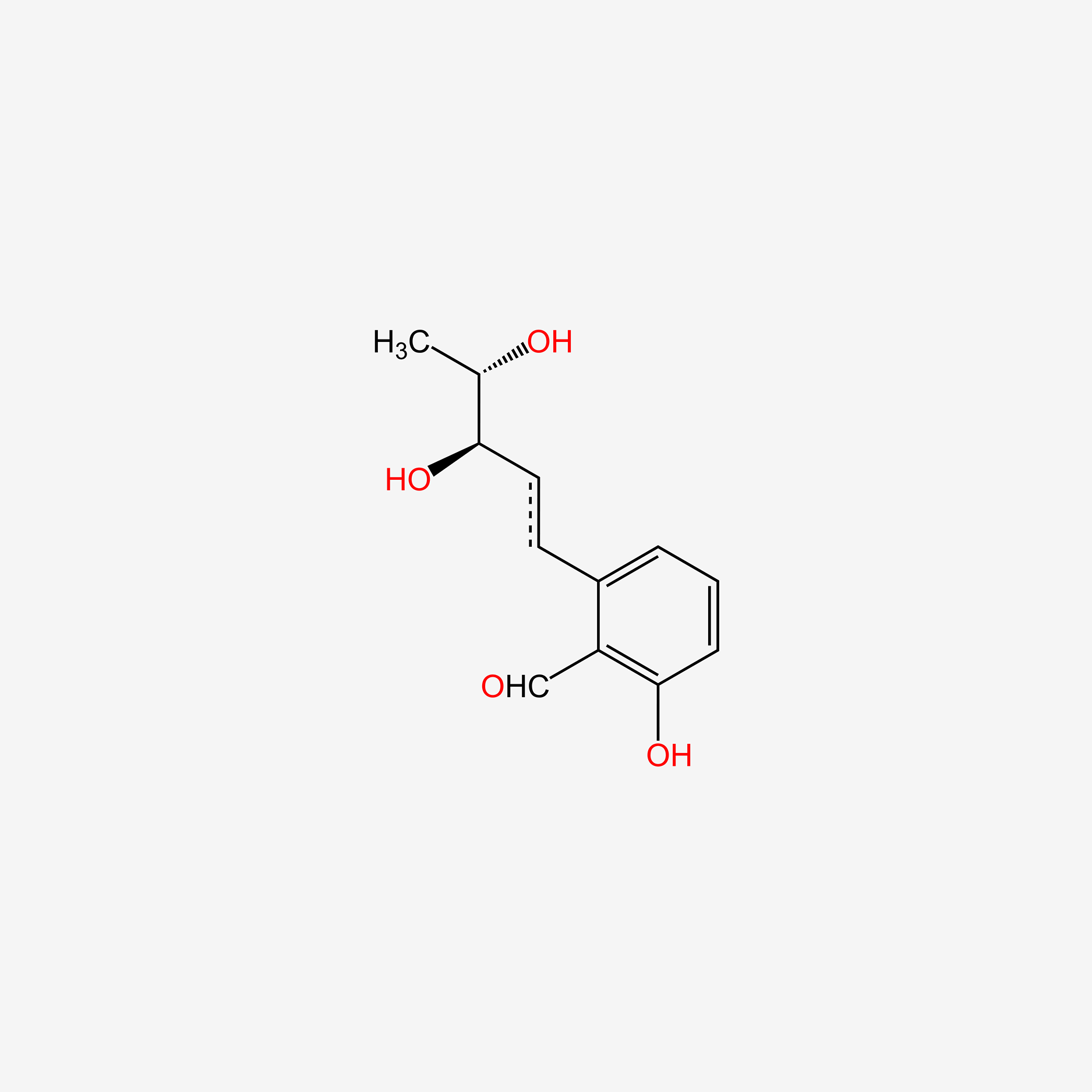 |
0.446 | D00XWD |  |
0.226 | ||
| ENC001724 |  |
0.419 | D09OQV |  |
0.223 | ||